Phnom Penh photo album: http://public.fotki.com/FierceKitten/travel/2010-atw/phnom-penh/
View Larger Map
We arrived to Phnom Penh by bus with no hotel reserved. It seemed like a good idea to just walk around and find something, but after 10 minutes of walking around in blistering heat, navigating strange streets and looking at slummy hotels, we decided that maybe it's best to just pick something out of the guide book. After a quick call to the Sunday Guest House, a tuk tuk picked us up. (This was one of those times that I was very glad I bought a sim card).
The main currency used in Cambodia is American dollars. The ATMs dispense only dollars. However, they don't have American coins out here, and this is where Cambodian Riel come into play. It's 4000 Riel to a dollar. If wouldn't be so bad if it was only Riel, but when you get change as a combination of 2 currencies, suddenly it becomes evident who paid attention in math class and who didn't. This also makes it easy for people to give wrong change and they usually try. I, of course, would stand with the money in my hand, taking as much time as needed to do the calculation and demand more money after.
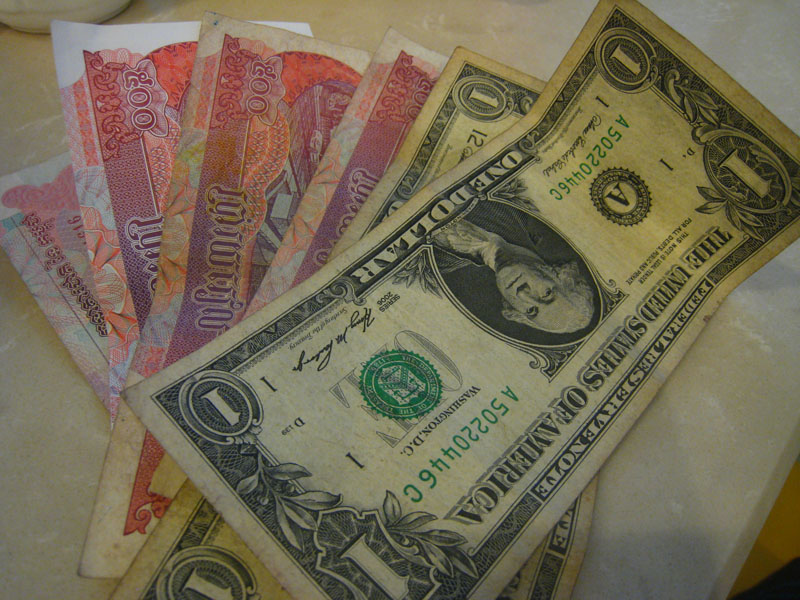
The Sunday Guesthouse provided us with a room containing 3 beds. There was air conditioning, wifi and even hand soap in the bathroom. Yes, hand soap is an impressive freebie in Asia. When washing hands before a meal at restaurant kitchens, I very rarely would find soap there. The only annoying thing about the room was that there were tiny little ants all over the place making it impossible to store any sort of food. The hotel had a cheap restaurant in the lobby that served the typical stir fried noodles and fried rice for lunch and dinner and excellent omelets with mushrooms and onions for breakfast for less than $2. The cool thing about the hotel was that they had a large TV in the lobby that played "The Killing Fields" movie every evening at 7pm. This was where our education started on the horrors imposed on the Cambodian people in the recent past.
During our first breakfast, a monk appeared in front of the hotel entrance. He stood motionless and quiet for a good 5 minutes. Then a lady came out of the hotel and placed some money in his bag. He sang a prayer as she bowed for a couple minutes and left. 5 minutes hadn't passed when another monk appeared on the door step. The process of donation and prayer repeated. This went on all morning long. When I asked the lady how much money she gives out on a daily basis, she responded with "Oh, don't ask."

We spent one day sight seeing around the city. It was incredibly hot, 43C in shade during the day and 39C at night. We insisted on walking around the city visiting the palace and the city temple.
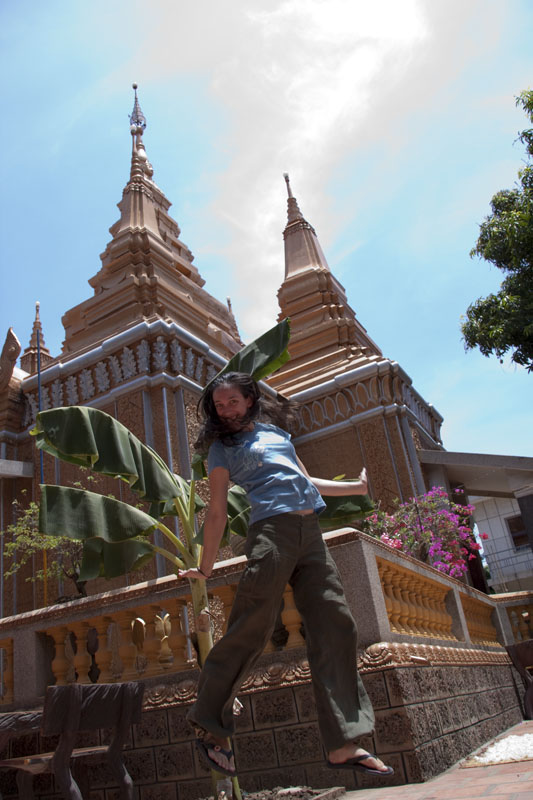

At the bottom of Phnom Wat (Temple on the hill) was a park with lots of trees. This was pretty much the only place in Phnom Penh where we found anything green. The trees were inhabited by a bunch of monkeys. I had a blast photographing the little monsters going about their daily tasks.
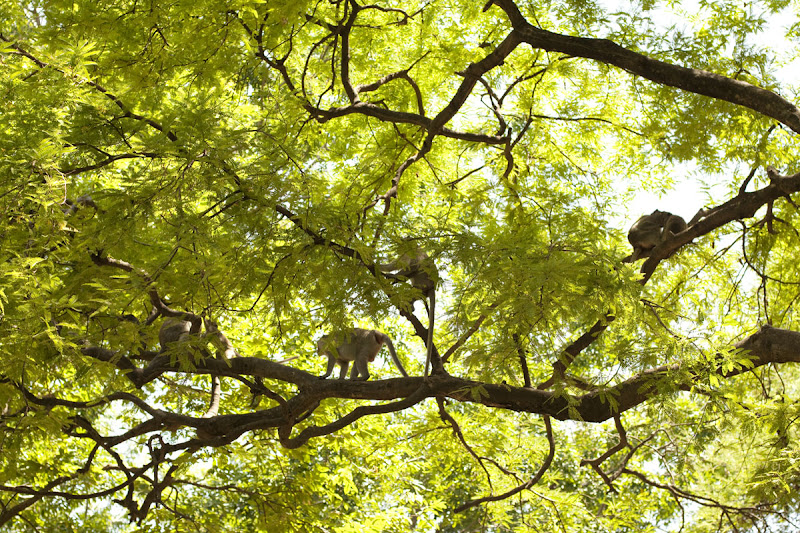

Mom, this one seems to have our ears. Is it a relative of ours? ;)
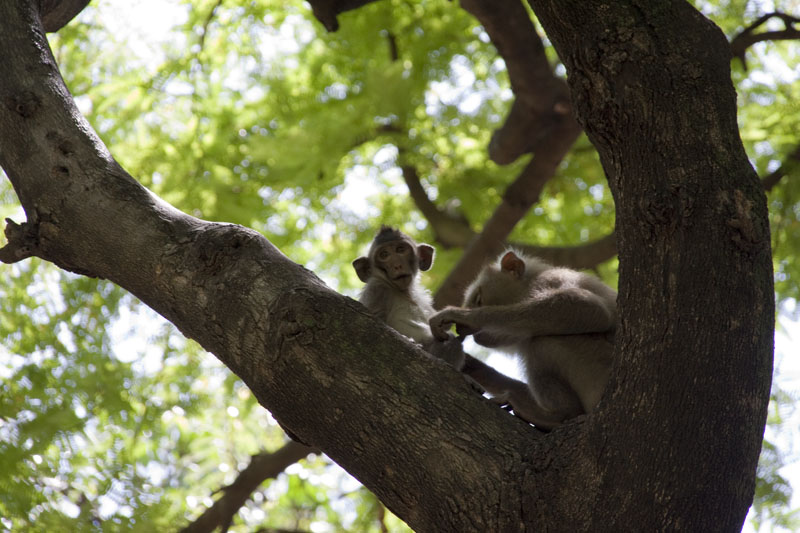
Of course, all these places had very annoying signs outside.
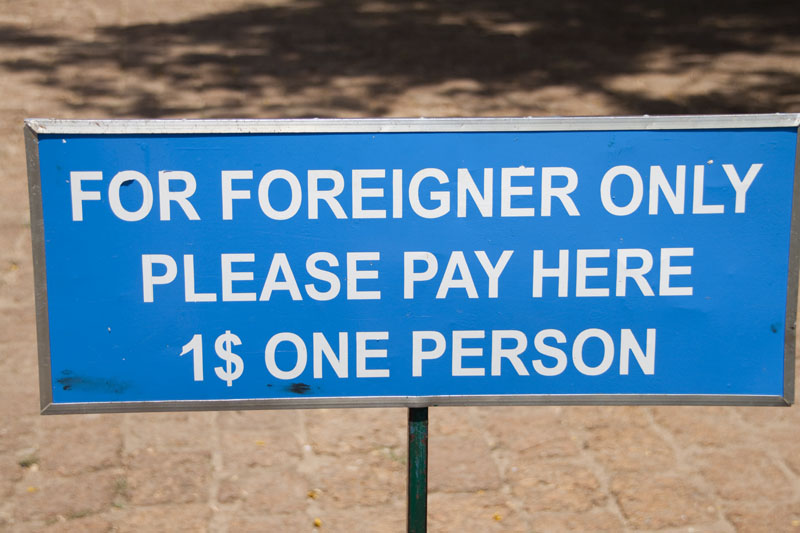
I feel incredibly ignorant for not being aware of the genocide that had happened in Cambodia during my lifetime. I don't recall any of this being taught in history classes. In order to truly understand Cambodia, the Tuol Sleng Museum and the killing fields, I needed to understand what had happened and why.
Here's what I learned:
In March 1969, United States launched "Operation Menu", an illegal and secret bombing campaign on eastern Cambodia. The purpose was to prevent north Vietnamese offensives. However, the mission failed. Shortly after, Lon Nol, the Army Chief of staff overthrew Sihanouk, the prince of Cambodia, while he was away on a trip to China.
Meanwhile, the Khmer Rouge, which consisted of Cambodians educated in France who joined the communist party there, was beginning to expand. Sihanouk joined with Khmer Rouge in hopes of being restored as the prince. The beloved prince sent out a radio message to his people, telling them to join the Khmer Rouge forces and rebel against Lon Nol. People followed and joined, but no one knew what this meant. In April 1975, Lon Nol's republic collapsed and Cambodia fell to Khmer Rouge.
At the time, city dwellers were the rich and exploited the poor peasants of the countryside. The Khmer Rouge wanted to get rid of corruption making everyone equal, like the other communist nations did. They attempted a social-engineering project where they would remove all of the rich and educated citizens and anyone suspected of involvement in the free-market activities while creating a self-sufficient society. The suspected capitalists were professionals, everyone who had an education, city dwellers, people with connections to the government, doctors, lawyers, teachers and those who wore glasses. (space)Khmer Rouge believed that parents were tainted by capitalism and would separate children from their parents and brainwash the children to socialist beliefs. Later, these children often as young as 8 would work as prison guards and torturers.
The entire population of Phnom Penh was told of a coming US bomb attack on the city and was moved to the country side to work on the rice fields. The suspected capitalists were weeded out and placed in prisons where they would be accused for various treasonous activities, often being labeled as KGB, CIA or Vietnamese spies. People of all ages, men, women and children were tortured until they confessed and were then killed.
I visited Tuol Sleng in Phnom Penh, a grade school converted into a prison and interrogation center, also named S-21. The prison was run by Comrade Duch (pronounced as Doik). He was single handedly responsible for the deaths of at least 17,000 people. I'll spare you the details of the photographs posted in the museum as well as all the torture devices displayed. Words can't describe what I felt when viewing picture after picture of the portraits shot when the prisoners were checked in. The eternity of the images presented a false hope that these people might still be alive, however we know that only 7 people made it out alive.
The Vietnamese invasion in 1979 marks the beginning of the decline of the Khmer Rouge reign. By this time, nearly 1/3 of the Cambodian population had been killed. Throughout the next decade, people began to return to Cambodia from all around, including the refugee camps in Thailand. Gina, when you told me you were born in Thailand, I assumed your parents immigrated there, I had no idea you spent the first 2 years of your life in a refugee camp escaping the Khmer Rouge.
The people who returned to Cambodia were both the oppressed and the Khmer Rouge. They now live side by side. It was odd riding on a bus and seeing elderly people, wondering if perhaps the old man sitting next to me might be one of the prison guards or a torturer. No one really knows who was who.
Other than the Toul Sleng prison, tourists are encouraged to visit the killing fields, the mass graves from the Genocide. We chose not to visit the fields because it seems very immoral that the Japanese came and purchased the land, now making profit off the deaths of thousands, putting their graveyards on display.


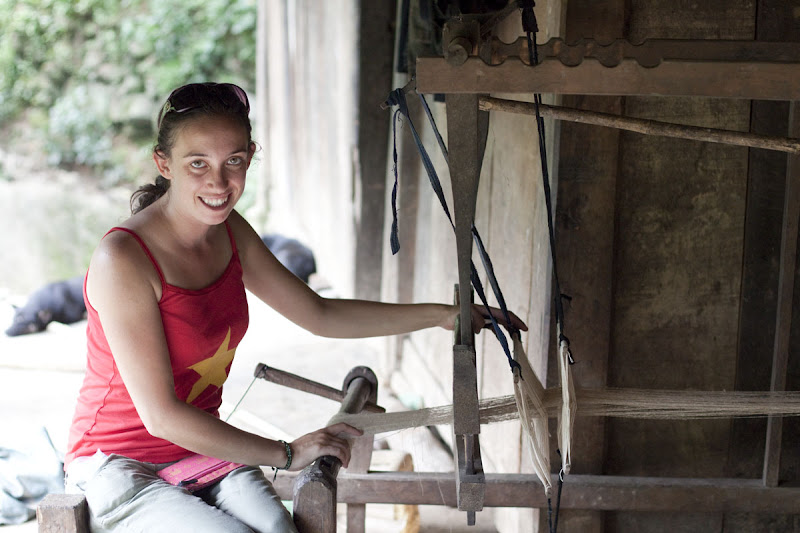
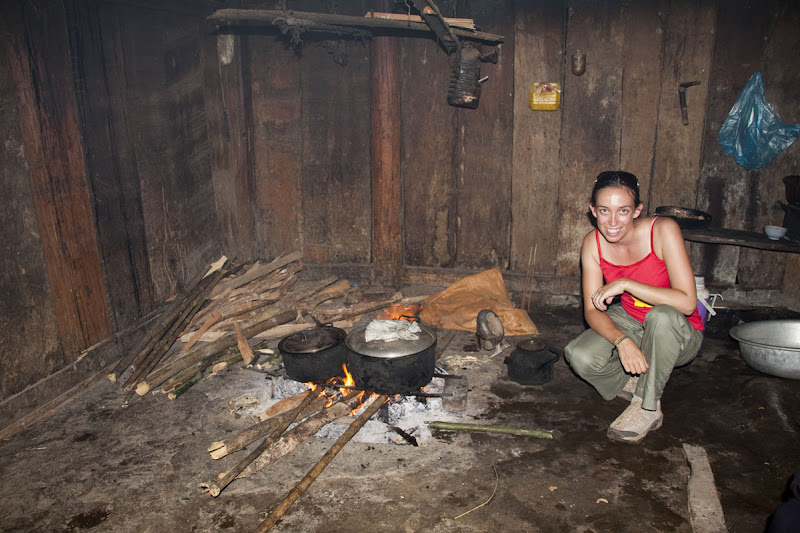
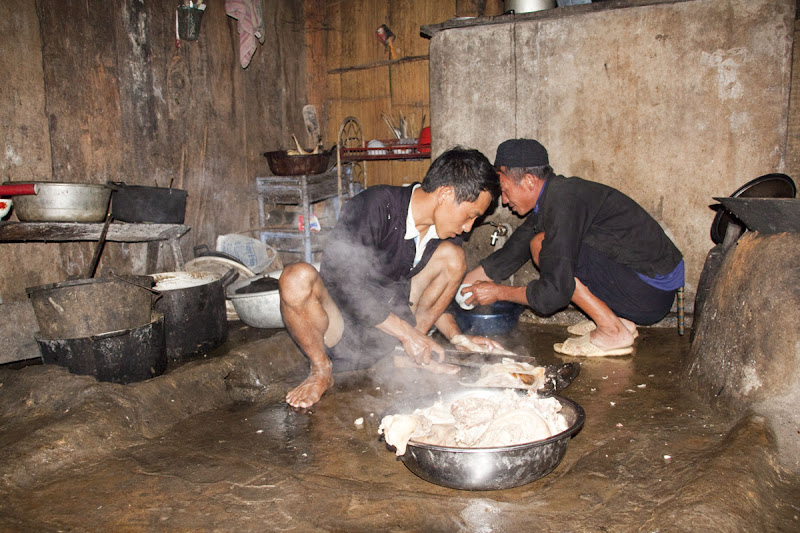
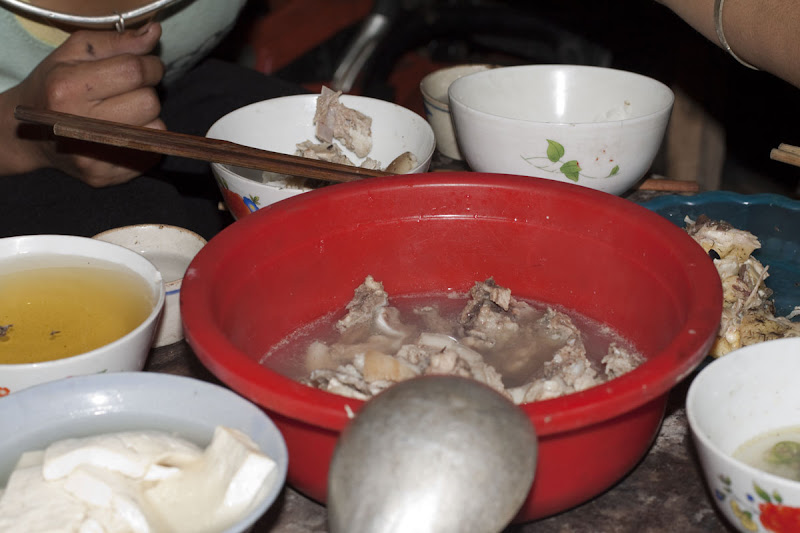
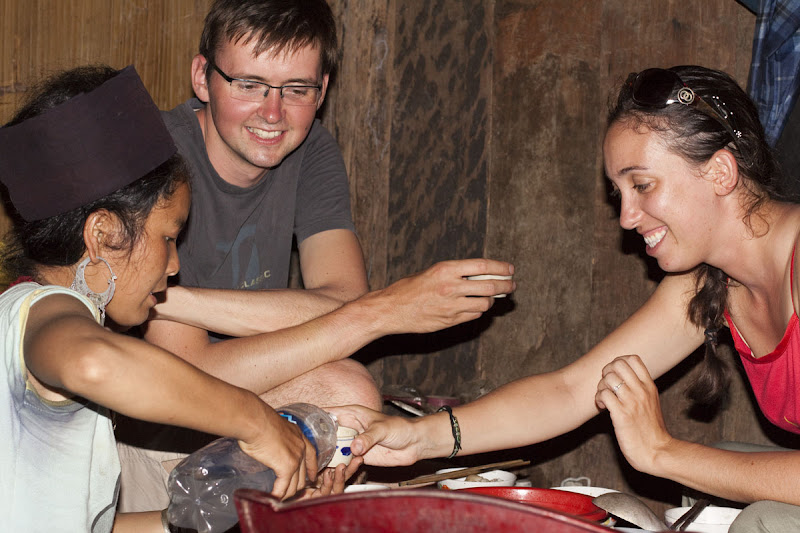




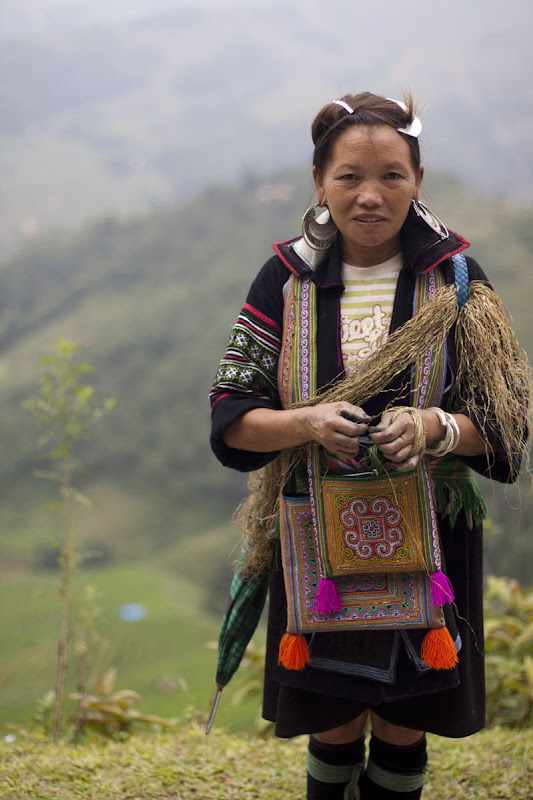
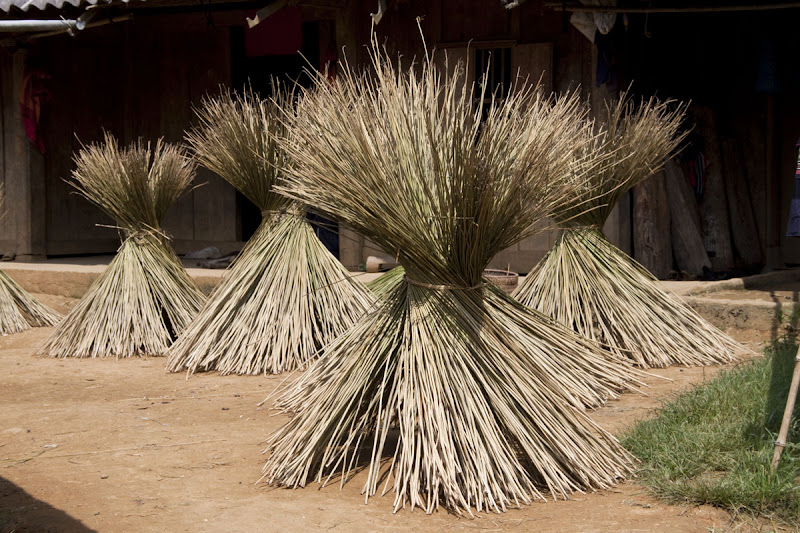



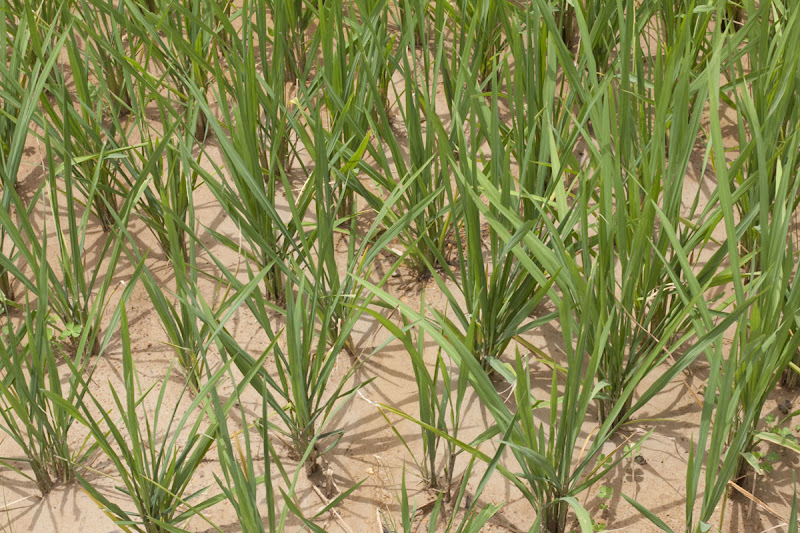

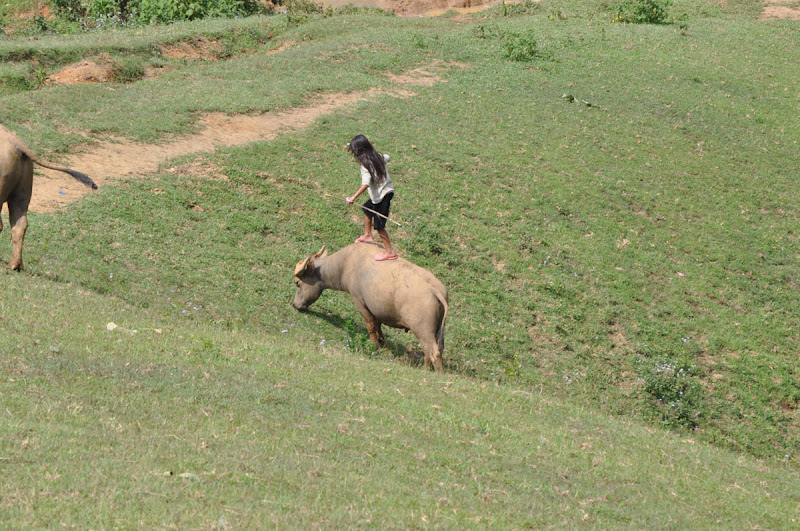

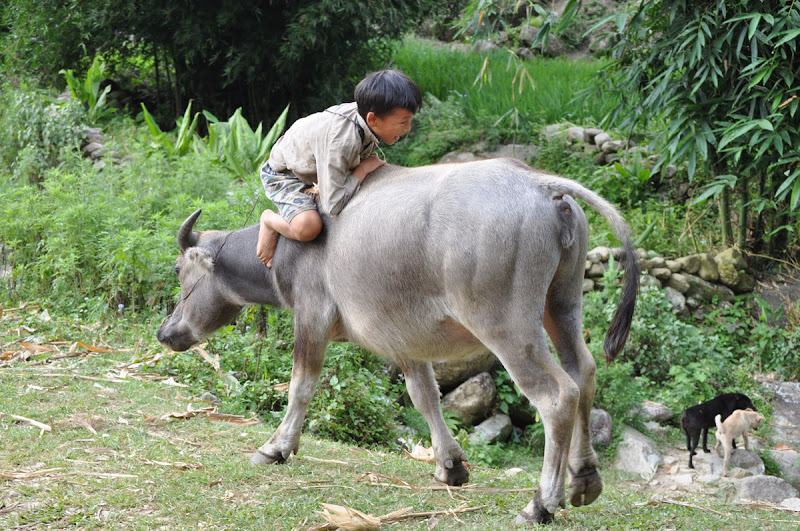

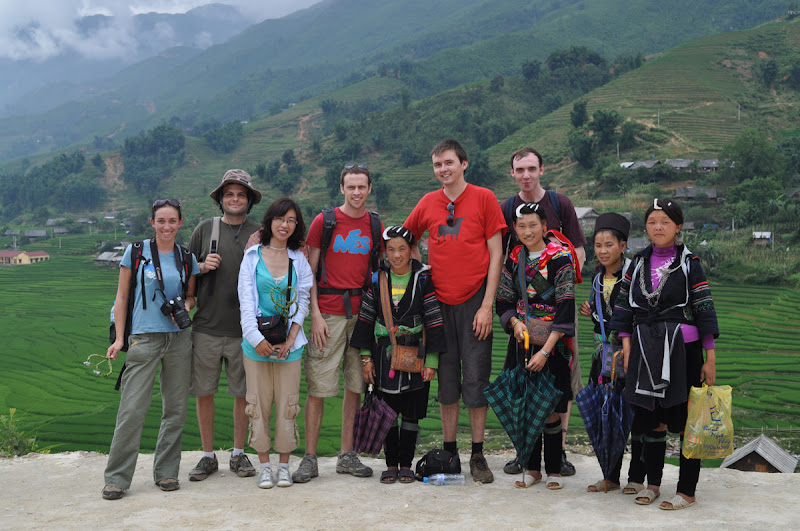








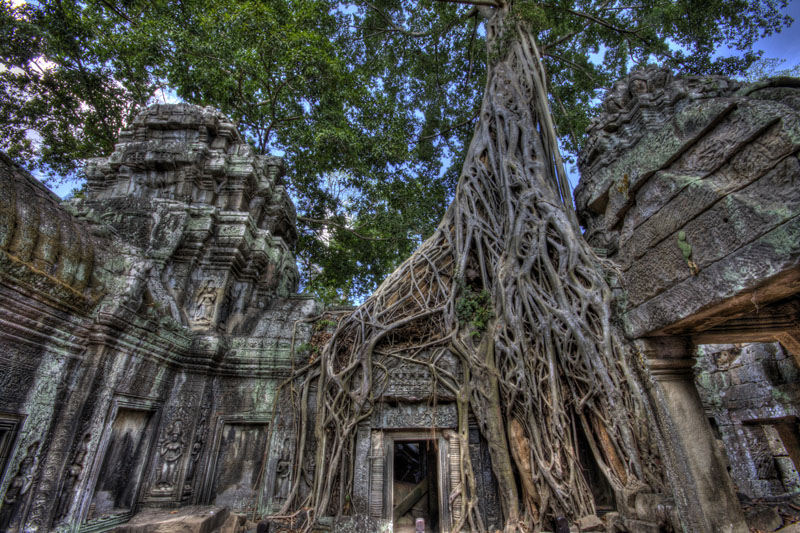
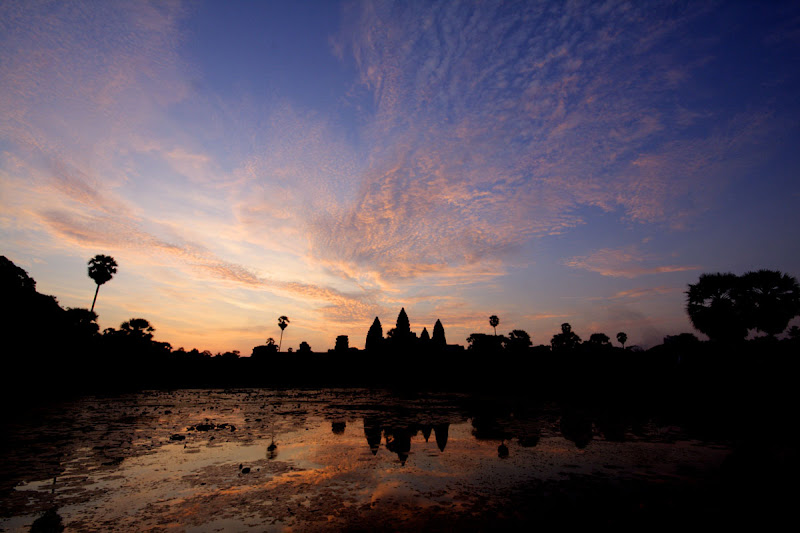

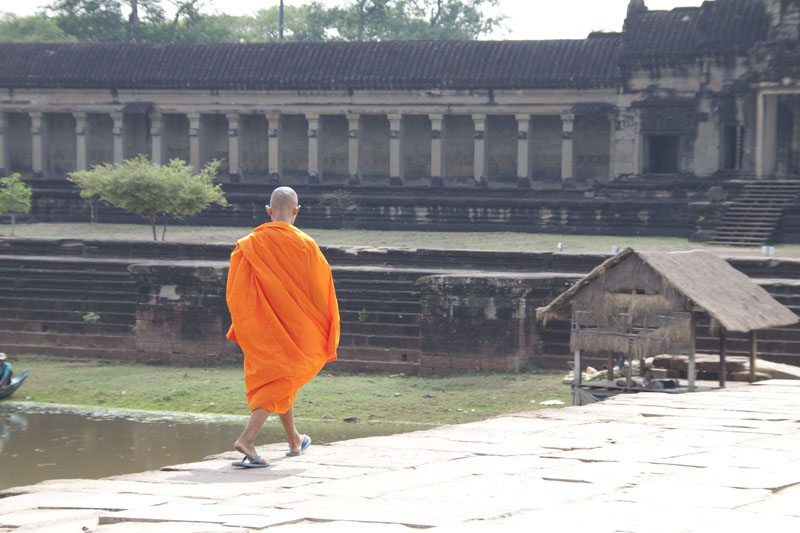
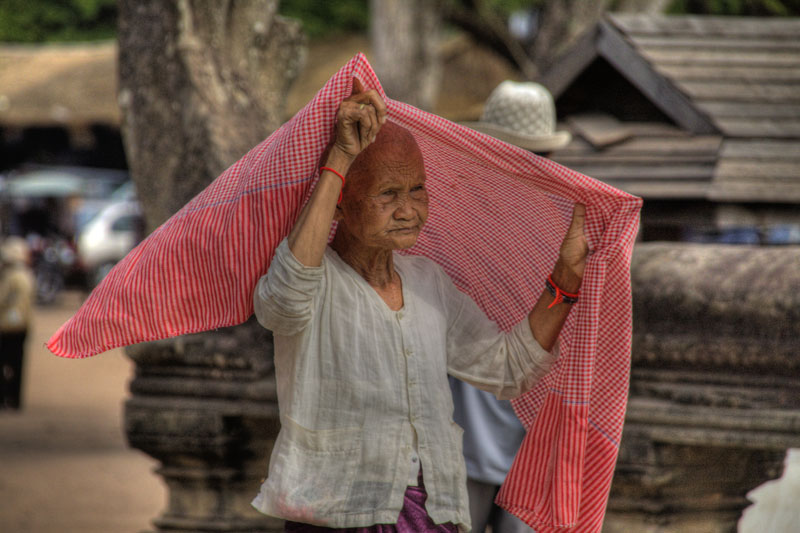

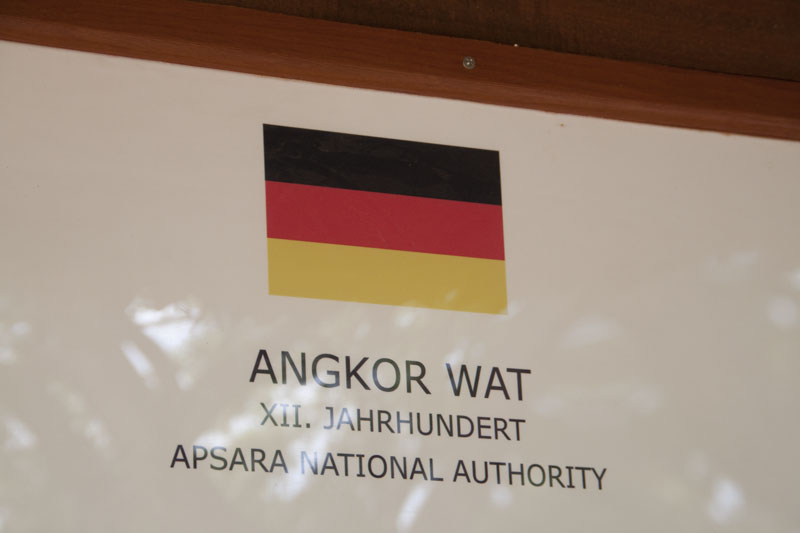


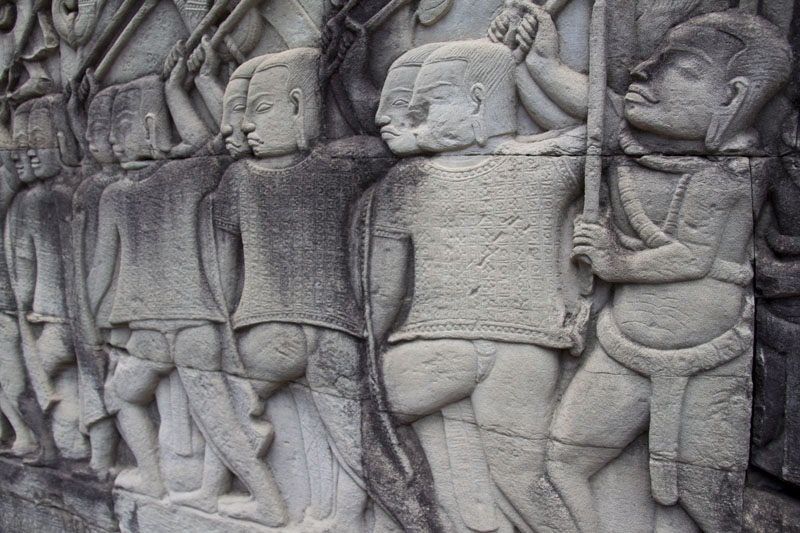


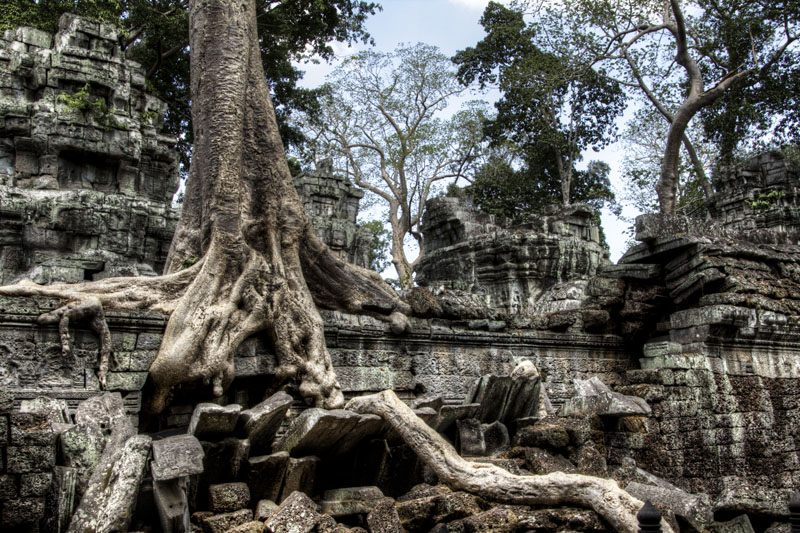

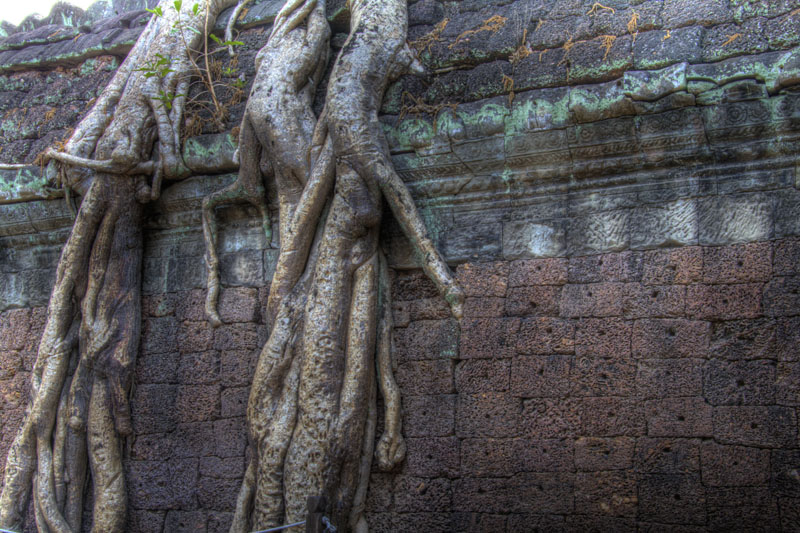
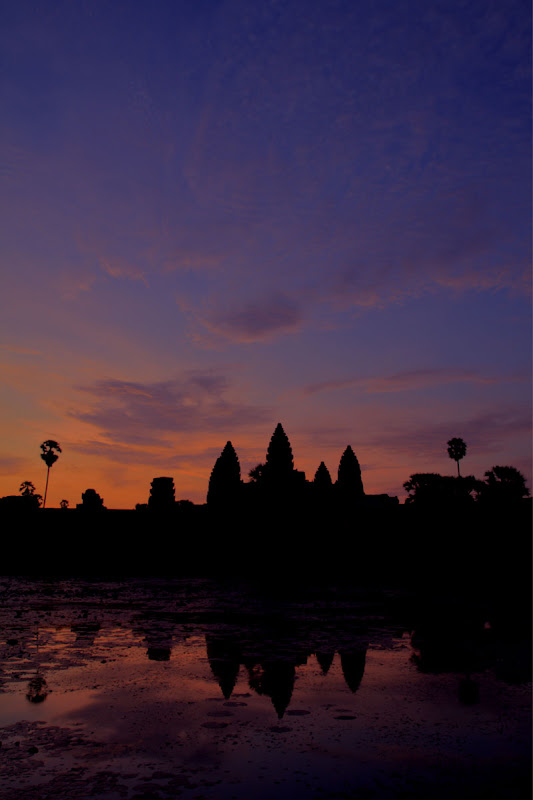

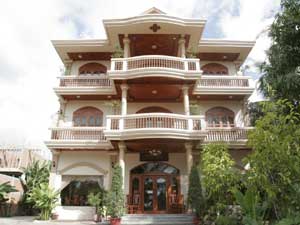

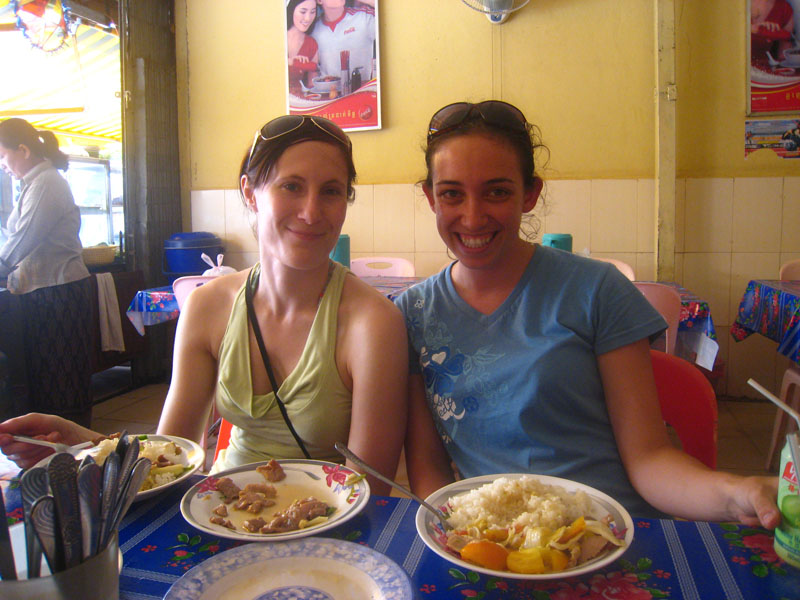
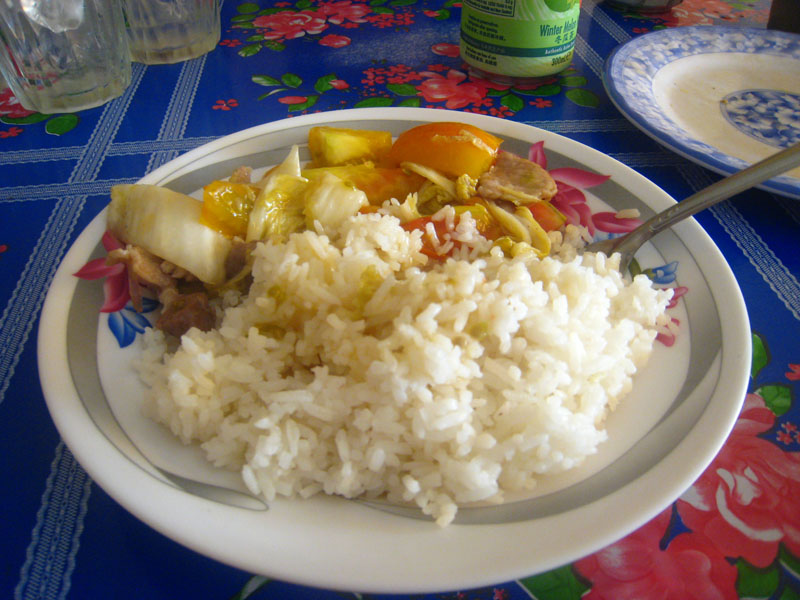


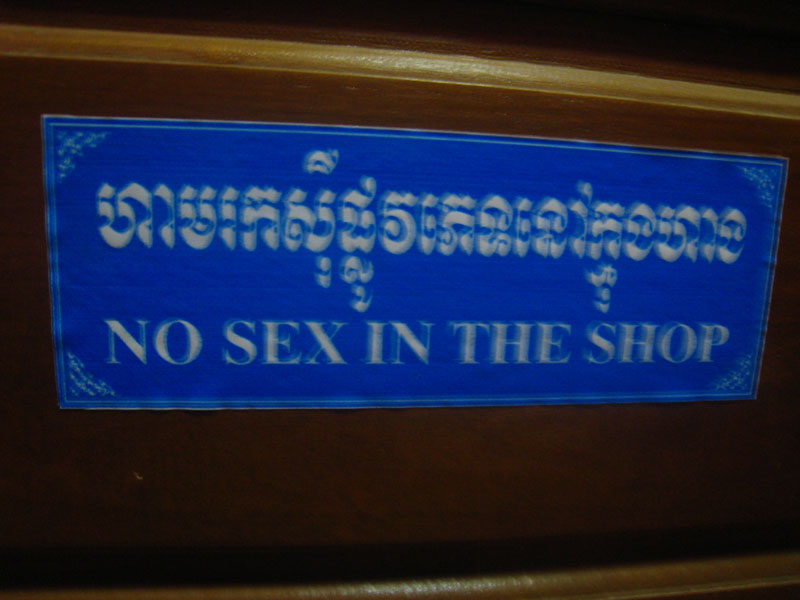






 Aauml Web Directory
Aauml Web Directory